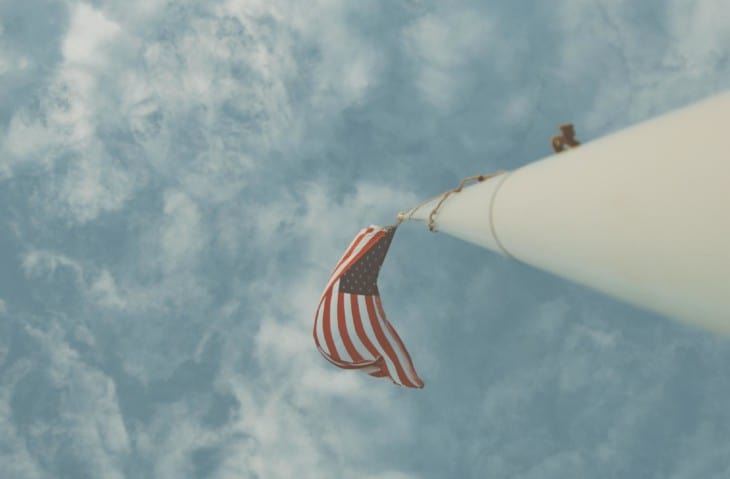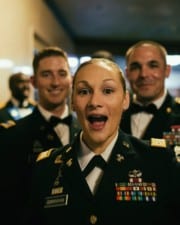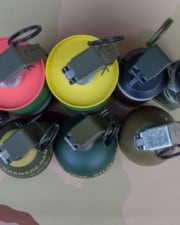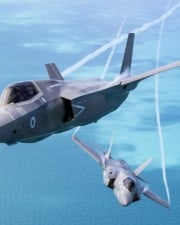American flag patches and military clothes are occasionally worn by civilians. A civilian may want to wear something that belonged to a family member who served or simply want to make a fashion statement. So, it is acceptable and legal for civilians to wear American flag patches?
TLDR – Civilians can wear American flag patches on clothing without disrespecting members of the military. Wearing an American flag patch is considered a show of support for soldiers and love for the country.
Related posts:
How Do You Display the American Flag on Clothing?
Wearing the American flag is a patriotic statement when worn correctly. There are rules of etiquette for properly displaying the American flag without disrespecting it or the people who have fought to protect it.
The first consideration is the placement of the flag. American flag patches worn on clothing are typically placed on the upper sleeve or above the left breast. Wearing the flag on the right or left sleeve is the most common placement.
When the sleeve contains multiple patches, the American flag patch should always be placed at the top. This shows that you put your country first before any other allegiances. Along with these rules, the flag should also be treated with respect, which means that you should not desecrate or mark the flag. Writing over the flag with a marker or affixing other patches on top of the flag could be considered disrespectful and may violate the US Flag Code.
Is It Acceptable to Wear a Reverse American Flag Patch?
Reverse American flag patches are acceptable when displayed correctly. Where can civilians wear reverse flag patches? The backwards flag patch should be placed on the right arm. Reverse American flag patches are not technically “reversed.” The flag is simply viewed from the opposite side compared to how it is typically displayed.

A real American flag hung on a pole or staff has two sides. The canton, which is the blue field containing the stars, is always adjacent to the flagpole or staff. This allows the red and white stripes to flow in the wind.
In the early days of the US Military, as units charged into battle, the stripes on the flags would stream backward. When standing to the left of the flag bearer, the field of stars is in the upper left corner. When standing on the right side of the flag bearer, the canton is in the upper right corner. The placement of the American flag patch reflects the way that the flag flows when carried into battle. It also symbolizes the commitment of those who served.
The “reverse” American flag is placed on the right sleeve while the common flag patch is placed on the left sleeve. In both cases, the canton faces forward with the stripes following behind. The reverse flag patch is rarely placed on the chest or breast. However, soldiers and civilians occasionally place it on hats and bags. In these cases, the flag should be placed above all other patches.
Why Don’t Marines Wear American Flag Patches?
The United States Marine Corps (USMC) does not authorize marines to wear flag patches on their battle dress (combat) uniforms. The USMC has historically avoided the use of insignia and patches on combat uniforms, as uniformity is an integral part of being a marine. The only insignia found on the uniform is the “US Marines” patch above the left breast and a pin to designate the rank of the Marine.
Can You Wear an American Flag Patch on a Sports Uniform?
The US Flag Code is a law that defines the proper use of the American flag. The law states that the American flag should never be used as an athletic uniform or costume. The flag code includes a section on respect for the American flag.
This section outlines a variety of situations that are considered disrespectful, including displaying the flag on a sports uniform. The flag code does allow firemen, policemen, members of the military, and members of patriotic organizations to wear an American flag patch on uniforms.
Along with not displaying the American flag on athletic uniforms, the US flag code prohibits the use of the flag for any advertising purposes. The flag should not be embroidered, printed, or impressed on boxes, napkins, or any product that is intended for temporary use.
Where Should You Place an American Flag Pin?
A lapel flag pin should be placed on the left side of a jacket, above the heart and left breast. According to the US Flag Code, the American flag represents a living country and is considered a living thing. The lapel flag pin is a replica of a living thing and should be placed near the heart.
- 50 STARS AND 13 STRIPES DESIGN - Red,...
- TOP NOTCH MATERIALS - The brass gold...
- STRONG CLASP CLOSURE - Whether wearing...
Which Way Should the Flag Face?
The direction that the flag flows depends on where it is displayed. When displayed against a wall or in a window, the American flag should always be displayed with stars in the upper left corner. This applies to flags hung horizontally or vertically.

When worn on clothing, the stars should be facing forward, allowing the stripes to stream behind. When hung from a pole or staff, the flag will face whichever way the wind blows.
No other flags should be placed in a position that is equal to or above the American flag. If multiple flags are flown in a row at equal heights, the American flag should come first with the other flags positioned to the left.
The American flag should also be hoisted first and lowered last. If another flag, such as a state flag, is positioned to the left of the American flag, it should be placed at a lower position.
When the American flag and another flag are displayed with crossed staff on the wall, the American flag should be on the left while the other flag should be on the right. In this case, the field of stars should be in the upper right corner of the American flag with the red and white stripes flowing to the left.
Related Posts















